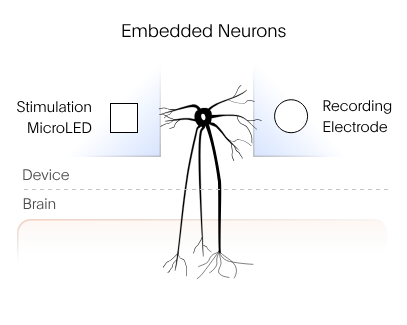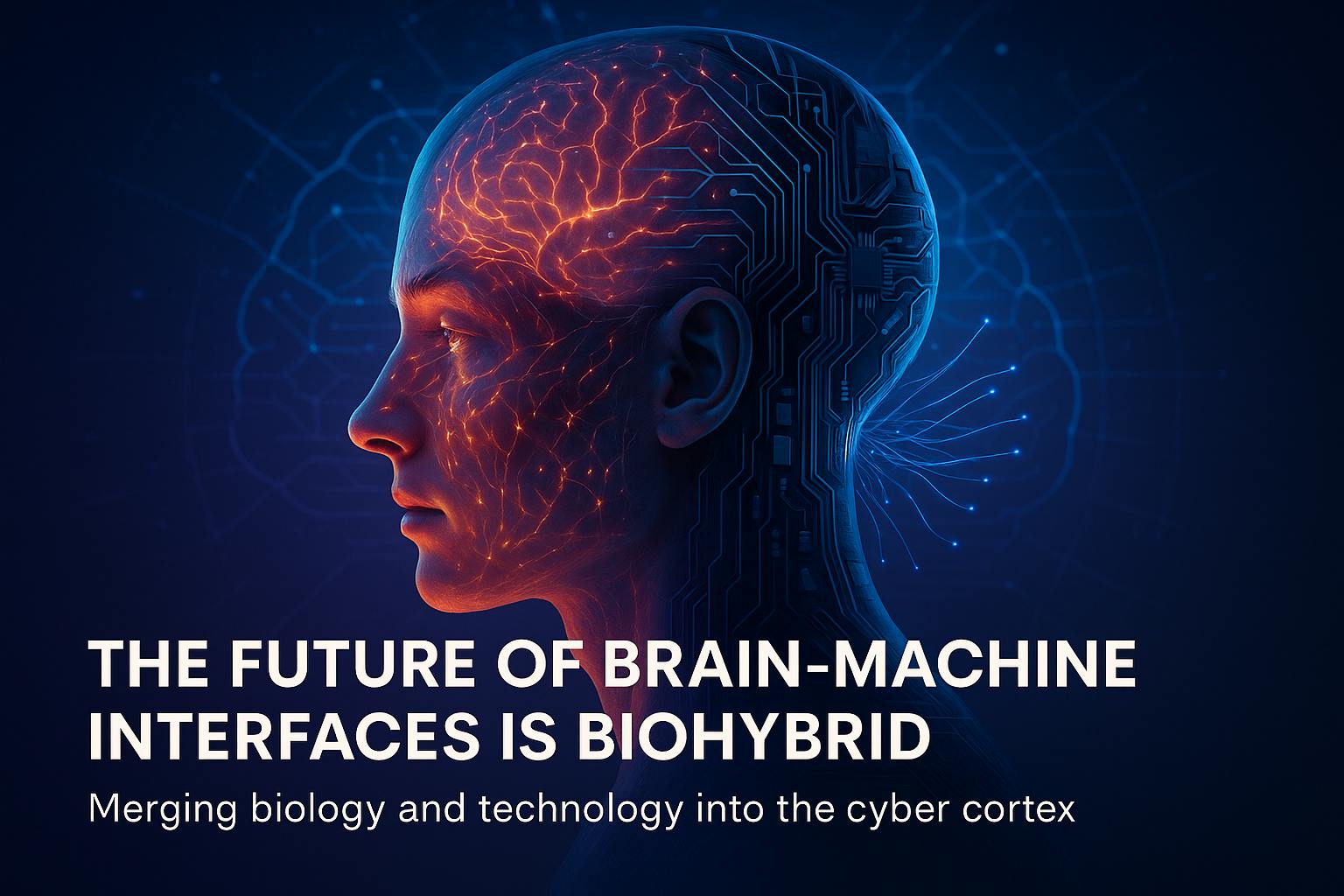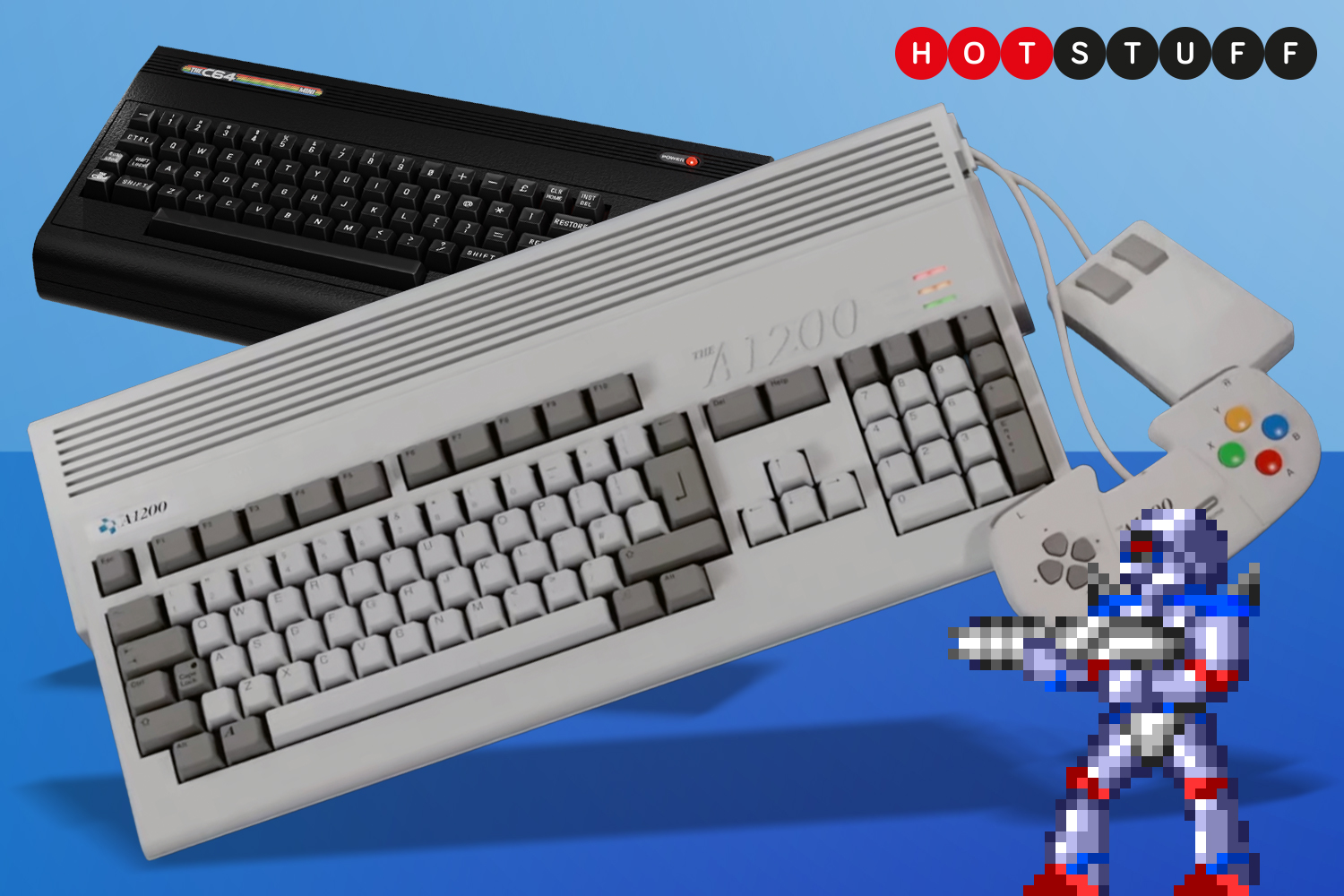Brain–machine interfaces (BMIs) are devices that can read the electrical impulses generated by neurons and, in turn, stimulate those neurons. This is one of today’s most rapidly advancing fields of technology — and for good reason. BMIs hold the potential to restore vision to the blind, help paralyzed people walk again, enable direct communication between the human brain and artificial intelligence, and even bring us closer to a true Matrix-like virtual reality experience.
When people hear about brain–machine interfaces, they usually think of Elon Musk’s Neuralink. That’s partly due to Musk’s marketing power, but the technology itself also deserves attention. Devices like Neuralink are not the first of their kind, however. One earlier example is the Utah Array, a roughly 4×4 mm device containing a grid of 100 tiny electrodes — resembling a miniature bed of nails. The array is implanted directly into the brain, where it records neural signals that are then processed by an external unit and sent to a computer.
Compared to this, Neuralink represents a far more sophisticated approach — one could call it the Tesla of brain–machine interfaces. The procedure involves cutting a small, coin-sized hole in the skull through which ultra-thin threads, even finer than a human hair, are precisely inserted into specific regions of the brain. This method minimizes tissue damage and requires such extreme precision that it can no longer be performed by human surgeons — instead, a robot handles the implantation.
The processing unit connected to these threads fits neatly into the skull opening, allowing the skin to be replaced over it so that the entire system becomes virtually invisible. Neuralink is, without question, cutting-edge technology that deserves all the attention it gets — but what comes next?
There’s another company, far less known than Neuralink, yet equally deserving of attention. It’s called Science, founded by Max Hodak, who was Neuralink’s co-founder and CEO until 2021. The company conducts several lines of research, but two of them stand out: the PRIMA visual prosthesis and the biohybrid brain–computer interface.
The PRIMA device is a tiny 2×2 mm chip implanted directly into the eye, designed to bypass damaged photoreceptor cells by stimulating the bipolar cells instead. The chip is essentially composed of microscopic solar cells, onto which a laser embedded in a pair of glasses projects the image captured by an integrated camera. The chip then converts this light information into electrical impulses.
One of the key advantages of this approach is that the same laser that transmits visual information to the chip also powers it — eliminating the need for an external energy source. The PRIMA system has already reached clinical trial stages, and the results so far are highly promising. With this technology, thousands of blind individuals could regain partial sight and even recover the ability to read.
In the future, PRIMA could become one of the company’s main commercial products — providing the financial foundation to fund further, even more ambitious research projects.
The second major research direction — and the focus of this article’s title — is the biohybrid brain–computer interface.
One of the biggest challenges in developing BMIs is that the human brain is an extremely dense and compact structure. It consists of an intricate network of neurons, a highly sensitive and finely tuned system with no spare space for wires or external components. Any physical intrusion risks damaging brain tissue, which severely limits what conventional interfaces can achieve.
This is where Science’s biohybrid chip comes in. Like Neuralink, it’s designed to interface directly with the brain, but instead of using metal electrodes or wires, it relies on living neurons. The chip itself is manufactured using standard semiconductor technology and contains numerous microscopic cells. Each of these cells includes a light-emitting micro-LED and a capacitive electrode.

In the next stage of fabrication, genetically modified neurons are placed into these cells. After implantation, these neurons begin to grow synaptic connections, integrating naturally with the surrounding brain tissue. Rather than inserting thousands of wires into the brain with extreme precision, this approach lets biology do the work — allowing the modified neurons to weave themselves into the neural network of the targeted region.
These engineered neurons are light-sensitive, which is why the micro-LEDs are needed to activate them. Their states can then be read via the capacitive electrodes. This technology promises much higher bandwidth communication between the brain and external devices — enabling applications that no existing system could support.
In essence, this technology adds a new, artificial layer of neurons to the human brain. This is particularly fascinating because the brain itself is structured in layers. The newest of these, evolutionarily speaking, is the neocortex — the part responsible for abstract thinking, reasoning, and higher cognition. (“Neo” literally means “new.”)
Now, thanks to biohybrid implants, we may soon add yet another layer — one composed not of naturally evolved neurons, but of engineered, artificial ones. These new neurons would allow our biological brains to connect directly with digital systems.
We could think of this new layer as a kind of cyber cortex — a synthetic neural extension that merges biological and technological intelligence. While the neocortex enabled humanity to rise above instinct-driven behavior and develop civilization, the cyber cortex could be the next great evolutionary leap — one that makes it possible to merge humans with machines.
The emergence of a cyber cortex could transform our world in ways we can hardly imagine. One of the possibilities that Max Hodak often mentions in interviews is the idea of direct brain-to-brain communication.
I find this particularly fascinating because I believe that if human brains could be properly interconnected, we could create shared virtual worlds that require only minimal external computing resources. I wrote about this idea in more detail in one of my previous articles.
https://hackernoon.com/the-free-energy-principle-and-the-simulation-hypothesis?embedable=true
If realized, such technology could enable experiences indistinguishable from reality itself — a kind of Matrix-like virtual world that I consider the holy grail of technology. Once this becomes possible, many of today’s technological challenges might simply become irrelevant.
A virtual reality that is indistinguishable from the physical world — a true Matrix-like environment — could, in my view, become the holy grail of technology. It’s a breakthrough that could render countless other technologies unnecessary.
If most of the resources we use exist only in the virtual realm, then there would be no need for constant innovation in energy production, storage, or material extraction. Instead of solving problems within physical reality, we could reshape reality itself so that those problems no longer exist in the first place.
In a virtual world, scarcity disappears. Resources can be distributed optimally, ensuring that no one has to live in deprivation. Hunger could be eliminated, and wars could become obsolete. A digitally augmented humanity could finally live in balance — not by changing human nature, but by changing the framework of reality in which we exist.
Of course, I’m not naïve. I know that, for now, this still belongs in the realm of science fiction. Yet I wanted to highlight why I believe this might be the most important technology in the world.
Countless books have been written about how our current civilization is unsustainable. We also know that, if things go wrong, humanity possesses the means to wipe itself out completely. Brain–machine interfaces could offer a way out of this trajectory — a path toward something greater.
They hold the promise of nothing less than a new stage in human evolution. Through the merging of biology and technology, we might one day transcend the limitations of our physical form and build realities of our own design.











